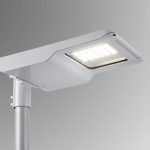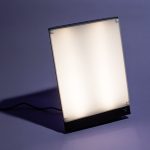LED Light Color Change Made Easy: A StepbyStep Guide
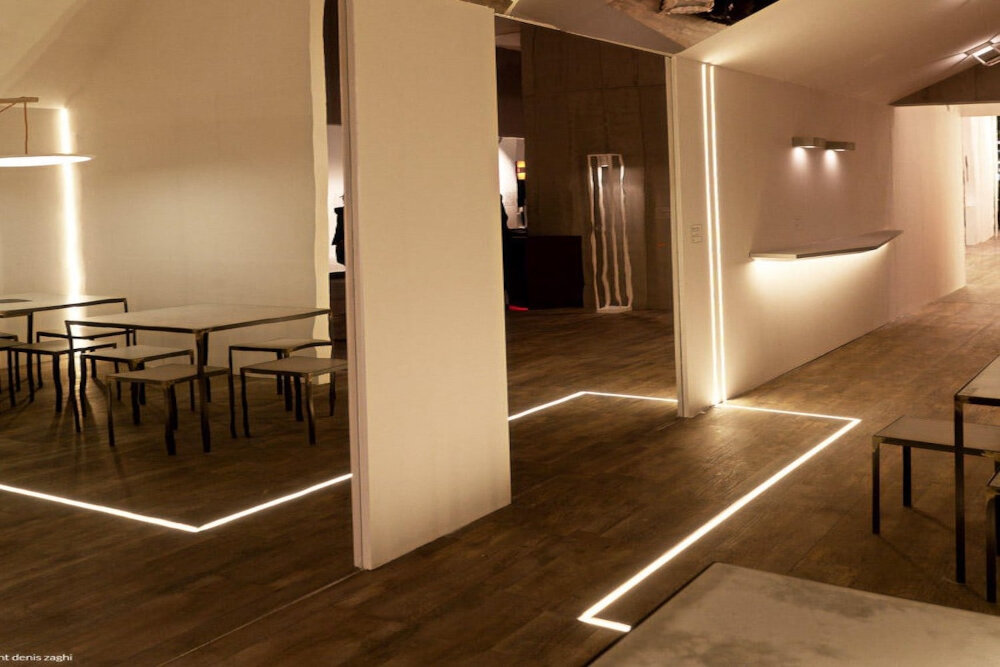
The world of LED lighting provides a vast array of options to choose from, and one of the most popular features of LED lights is their ability to change color. Whether you’re looking to create a vibrant atmosphere for a party or a soothing ambiance for a relaxing evening at home, LED light color change can help you achieve the desired effect. However, if you’re new to LED lighting, it can be overwhelming to know how to change the color of your lights. That’s where this step-by-step guide comes in handy, providing you with everything you need to know to change the color of your LED lights with ease. The guide is designed to be accessible to users of all levels, whether you’re a complete beginner or an experienced user. It covers everything from the basics of LED lighting to step-by-step instructions on how to change the color of your LED lights. With this guide, you’ll learn how to use simple tools and techniques to create the perfect ambiance for any occasion. So, whether you’re looking to create a romantic atmosphere for a date night or a party atmosphere for a celebration, this guide will help you achieve your desired effect with ease.
Understanding LED Lights and Their Capabilities

LED lights have become increasingly popular in recent years due to their energy efficiency, durability, and versatility. Understanding the capabilities of these lights is essential for making informed decisions about their use. One of the most significant advantages of LED lights is their ability to produce a wide range of colors. Unlike traditional incandescent bulbs, which emit a warm yellowish light, LED lights can be customized to emit a spectrum of colors from cool blues to warm reds. This is achieved by adjusting the amount and type of phosphor coatings on the LED chips. Additionally, some LED lights can be programmed to change colors automatically or via remote control, making them ideal for use in decorative lighting applications. Another advantage of LED lights is their long lifespan. On average, LED lights can last up to 25 times longer than traditional incandescent bulbs, which means you’ll save money on replacements and maintenance costs. LED lights are also more durable than traditional bulbs and can withstand shock, vibration, and extreme temperatures. This makes them ideal for use in outdoor lighting applications, where they can withstand exposure to the elements. Additionally, LED lights are more environmentally friendly than traditional bulbs, as they contain no toxic substances and consume less energy. Overall, understanding the capabilities of LED lights is essential for making informed decisions about how to use them in your home or business.
There are various types of LED lights available in the market that are used for different purposes. Some of the most popular types of LED lights are SMD, COB, High Power, and Filament LED. SMD (Surface Mount Diode) LEDs are the most common type and are used for general lighting. COB (Chip on Board) LEDs are compact and provide high brightness, making them suitable for spotlights and floodlights. High Power LEDs are used for applications that require high intensity lighting, such as automotive lighting and flashlights. Filament LEDs are designed to mimic the look of traditional incandescent bulbs and are commonly used in decorative lighting. Each of these types of LED lights has its own advantages and disadvantages, and it is important to choose the right type of LED light for your specific lighting needs.
The benefits of LED lights are numerous and varied. Firstly, LED lights are incredibly energy-efficient, using up to 90% less energy than traditional incandescent bulbs. This not only makes them cheaper to run, but also reduces their environmental impact. LED lights also have a much longer lifespan than traditional bulbs, lasting up to 25 times longer. In addition, LED lights are highly durable and resistant to shock and vibration, making them ideal for use in a variety of settings. They are also available in a range of colors and color temperatures, making them perfect for creating mood lighting and enhancing the aesthetic appeal of a space. Overall, LED lights are a fantastic choice for anyone looking to save money, reduce their energy consumption, and improve the look and feel of their home or business.
LED lights, or light-emitting diodes, are semiconductor devices that emit light when an electrical current is passed through them. Unlike traditional incandescent bulbs, which rely on a filament to produce light, LEDs use a semiconductor material, such as gallium nitride or silicon carbide, to produce light. When an electrical current is applied, electrons within the semiconductor material are excited, causing them to release energy in the form of photons. The color of the light produced by an LED is determined by the composition of the semiconductor material, with different materials producing different wavelengths of light. By combining different materials in a single LED, it is possible to create a wide range of colors, from red and green to blue and white. LEDs are also highly efficient, using significantly less energy than traditional bulbs and lasting much longer, making them an increasingly popular choice for a wide range of lighting applications.
Choosing the Right LED Lights for Color Change
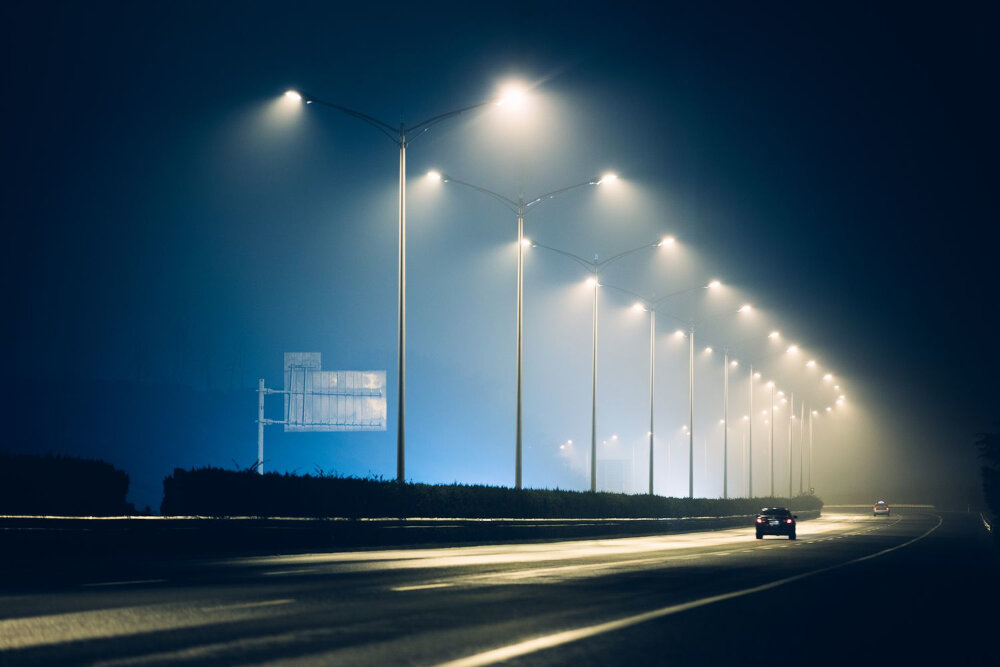
When it comes to choosing the right LED lights for color change, there are a few things you need to consider. The first thing to think about is the type of LED light you want to use. There are many different types of LED lights available, including LED strips, LED bulbs, and LED spotlights. Each type of LED light has its own advantages and disadvantages, so it’s important to choose the one that’s right for your needs. Another important factor to consider when choosing LED lights for color change is the color temperature. LED lights come in a range of color temperatures, which can affect the look and feel of your space. For example, warmer color temperatures (around 2700K-3000K) can create a cozy and inviting atmosphere, while cooler color temperatures (around 5000K-6000K) can create a more modern and energizing feel. It’s important to think about the mood you want to create in your space and choose an LED light with the appropriate color temperature to achieve that mood. With these considerations in mind, you’ll be able to choose the right LED lights for color change and create the perfect ambiance in your home or business.
When choosing LED lights for color change, there are several factors to consider. First, it is important to consider the color range of the LED lights. Different LED lights have different color ranges, so it is important to choose lights that can display the colors you want. Second, it is important to consider the brightness of the LED lights. Brightness can affect the intensity and saturation of colors. Third, it is important to consider the control options of the LED lights. Some LED lights can be controlled via remote or mobile app, while others require a physical switch. The control options can affect the ease and convenience of changing colors. Lastly, it is important to consider the overall quality and durability of the LED lights to ensure long-lasting use. By considering these factors, you can choose LED lights that are suitable for your color changing needs.
When it comes to finding the perfect LED light for color change, there are a few popular brands that stand out. One of the most well-known options is Philips Hue, which offers a wide range of color options and can be controlled through an app or voice commands. Another top brand is LIFX, which boasts a high level of brightness and a variety of color options as well. Nanoleaf is another popular choice, especially for those looking for unique, geometric designs that can be customized to their liking. For those on a budget, Sylvania Smart+ offers affordable options that still provide a range of color choices and can be controlled through an app or voice commands. No matter which brand you choose, having color-changing LED lights can add a fun and unique touch to any space.
When selecting the right LED lights for your needs, there are a few tips to keep in mind. First, consider the purpose of the lights and the environment in which they will be used. For example, if you are looking for lights for your home, warm white LED lights may be more suitable for creating a cozy atmosphere, while cool white lights may be better for task lighting. Second, pay attention to the color temperature, measured in Kelvin (K). Lower Kelvin values indicate warmer colors, while higher Kelvin values indicate cooler colors. Finally, choose high-quality LED lights from reputable brands to ensure longevity and reliability. With these tips in mind, you can select the perfect LED lights for your specific needs and preferences.
Preparing for Color Change
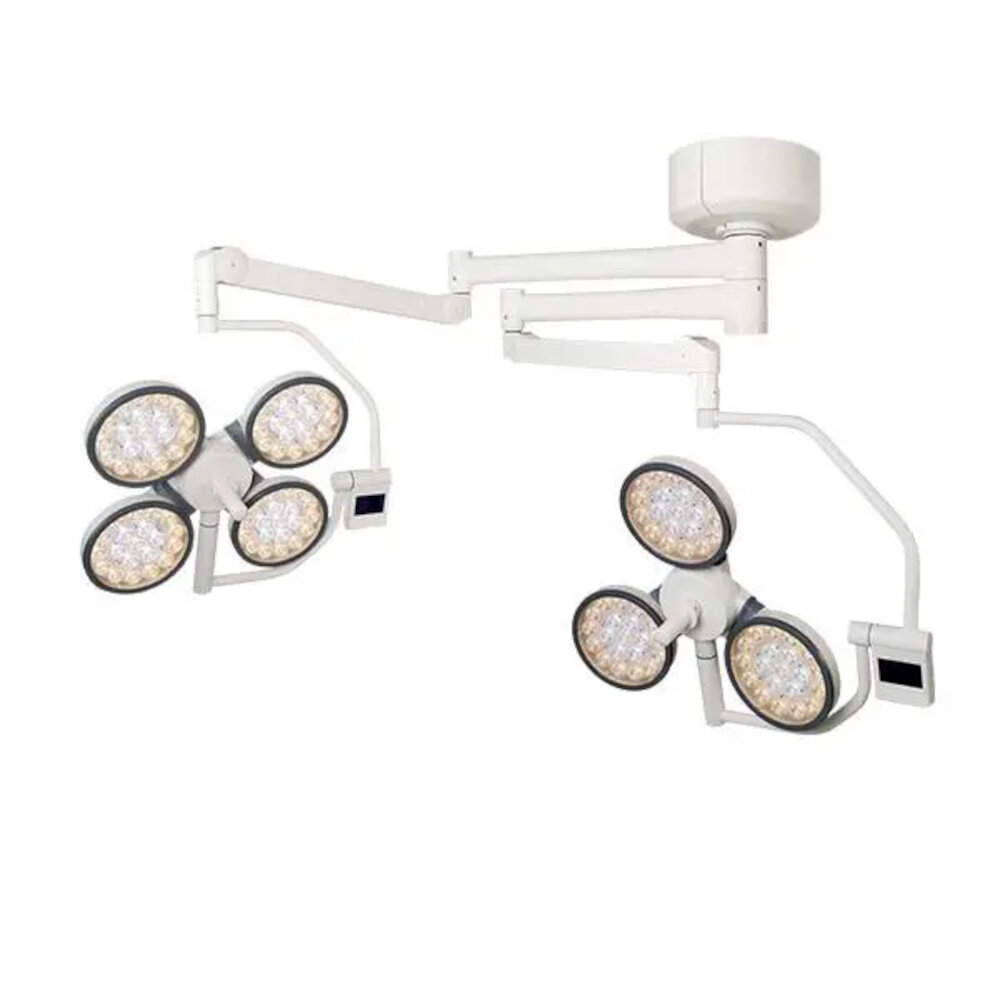
Preparing for color change is an essential step in creating the perfect ambiance in any room. LED light color change is an easy and cost-effective way to transform the look and feel of your space. Before starting, it is important to have a clear idea of the mood you want to create, as well as the type of LED lights you will be using. Whether you want to create a cozy and warm atmosphere or a cool and modern vibe, choosing the right color temperature and brightness is crucial. To prepare for your LED light color change, you will need to gather a few basic tools such as a ladder, screwdriver, and electrical tape. It is also important to turn off the power to the light fixture you will be working on to avoid any accidents. Once you have all your tools and safety measures in place, you can start by removing the old light bulbs or LED strips from the fixture. If you are using LED strips, you may need to trim them to fit the length of the fixture. Once you have installed the new LED lights, you can start experimenting with different colors and brightness levels to achieve the desired effect. With a bit of creativity and some basic DIY skills, you can easily transform any room with LED light color change.
To change the color of your LED lights, there are a few tools and materials that you’ll need. First and foremost, you’ll need the LED lights themselves and a remote control that’s compatible with your lights. You’ll also need a power source for your lights, which could be a battery pack or an electrical outlet. If you want to connect multiple sets of lights together, you may need a splitter or connector. Additionally, you’ll need some sort of surface to stick your lights to, such as tape or adhesive pads. Finally, if you want to add some extra flair to your lights, you can also purchase diffusers or covers to change the way the light is dispersed. With these tools and materials in hand, you’ll be well on your way to creating a vibrant and customizable lighting display.
Before starting to change the LED light colors, it is essential to take safety precautions to prevent any accidents. Firstly, ensure that the power supply to the LED lights is switched off to avoid electric shocks. Secondly, wear safety gloves to protect your hands from injuries that may arise while handling the LED lights. Thirdly, place the LED lights and its accessories on a steady surface to avoid falling and breaking. Lastly, read and follow the manufacturer’s instructions carefully to ensure that all safety measures are adhered to. By taking these safety precautions, you can change the LED light colors with ease and safety.
Before installing new LED lights, it may be necessary to remove the old ones. The first step is to turn off the power supply to the lights. This can be done by switching off the circuit breaker or removing the fuse. Once the power supply is disconnected, carefully remove the old LED lights by unscrewing them from their fixtures. It is important to handle the lights with care to avoid damaging them or getting injured. After removing the old lights, inspect the wiring and fixtures for any damage or wear and tear. If there is any damage, it is recommended to replace the wiring and fixtures before installing the new LED lights.
Changing LED Light Colors
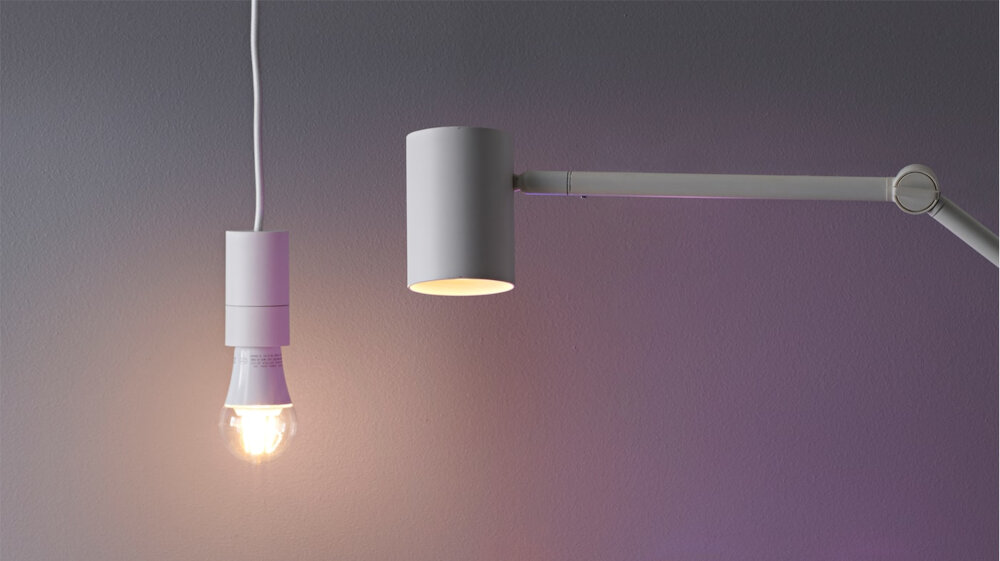
Changing LED light colors can be a fun and easy way to add some excitement and atmosphere to your living space. Whether you want to create a relaxing ambiance or a vibrant party atmosphere, changing the color of your LED lights can help you achieve your desired effect. There are many different methods for changing LED light colors, ranging from simple remote controls to complex smartphone apps. No matter what your level of technological expertise or personal style, there is sure to be a LED color changing solution that suits your needs. One of the simplest ways to change the color of your LED lights is through the use of remote controls. Many LED light kits come with a remote that allows you to switch between different colors, adjust brightness levels, and even create custom light show patterns. This can be a great option for those who are new to LED lighting or who want a simple and easy way to change the color of their lights. More advanced users might prefer to use smartphone apps or other more complex systems to change the color of their LED lights. These options require a bit more setup and technical know-how, but they can offer a greater degree of control and customization. Whether you choose a simple remote or a more advanced system, changing the color of your LED lights is a great way to create a unique and personalized living space.
Changing the color of LED lights can be a fun and easy way to enhance the ambiance of a room or space. To begin, make sure you have the appropriate LED lights and remote control. Then, turn on the lights and use the remote to select the color of your choice. Most remotes have a variety of color options, so take your time to find the perfect hue. Experiment with different combinations and patterns to create a unique lighting experience. If you have trouble, refer to the manual or reach out to customer support for assistance. With a little creativity and patience, you can transform any space with vibrant LED light colors.
When it comes to changing the color of an LED light, there are some common mistakes that people often make. One of the most important tips for avoiding these mistakes is to read the instructions carefully before you start. Make sure you understand the process and have all the necessary tools and materials on hand. Another tip is to test the new color on a small area before committing to the full change. This will help you avoid any costly mistakes or irreversible damage. Additionally, it’s important to take your time and work slowly and methodically, following each step carefully. By following these tips, you can successfully change the color of your LED light without any major hiccups.
When it comes to troubleshooting issues with LED light color change, there are a few tips to keep in mind. First, make sure that all connections are secure and that the wiring is properly connected. If the wiring is not connected correctly, the LED lights may not function properly or at all. Second, check the power source to make sure that it is delivering the correct voltage. If the voltage is too low, the LED lights may not be able to change colors or may not function at all. Additionally, check the controller to make sure that it is functioning properly and that the settings are correct. If all else fails, consult the user manual or seek assistance from a professional to troubleshoot any issues with LED light color change.
In this step-by-step guide on LED light color change, we have covered the basics of LED lights and how they work, the different types of LED lights available in the market, and the ways to change their colors. We have also discussed the importance of choosing the right color for your LED lights based on the mood and ambiance you want to create. Additionally, we have provided detailed instructions on how to change the color of your LED lights using remote controls and mobile apps. By following these steps, you can easily change the color of your LED lights and create a personalized atmosphere in your home or office. So, go ahead and experiment with different colors to find the perfect match for your space!
In conclusion, LED light color change is a versatile and convenient feature that can help enhance the ambiance of any space. With the step-by-step guide provided, anyone can easily customize their lighting to suit their mood or preference. It is important to keep in mind that different colors can affect our emotions and productivity in different ways, so it is worth experimenting with different hues to find what works best for you. Additionally, it is important to consider the quality and brand of the LED lights to ensure that they provide the desired level of brightness and durability. Overall, LED light color change is a fun and practical way to transform any room and create a personalized atmosphere.
If you haven’t tried changing the LED light color before, now is the perfect time to try it out! It may seem intimidating at first, but with this step-by-step guide, you’ll be an expert in no time. Don’t be afraid to experiment with different colors and combinations to create the perfect ambiance for any occasion. LED lights are a versatile and affordable way to add some personality and style to your home, office, or event space. So, grab your LED lights and start exploring the endless possibilities of color-changing lighting!
Conclusion
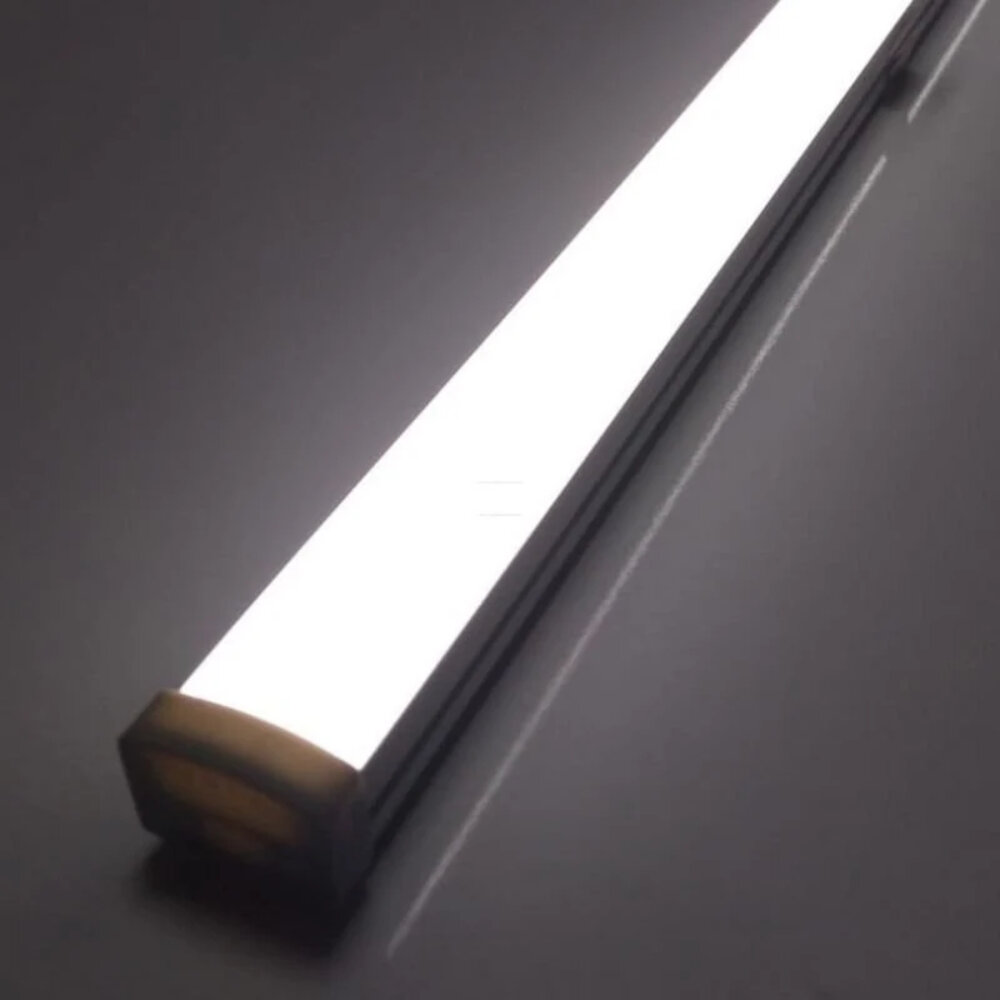
In conclusion, LED light color change can be a fun and creative way to spice up any room or event. With the step-by-step guide provided, anyone can easily change the color of their LED lights to match their desired atmosphere or mood. Experimenting with different color combinations and settings can lead to exciting and unique lighting displays. LED lights are not only energy-efficient but also offer a wide range of color options, making them a versatile choice for any lighting needs. So, whether it’s for a party, a relaxing evening at home, or simply to add some flair to a room, LED light color change is a simple and accessible option that anyone can try.


